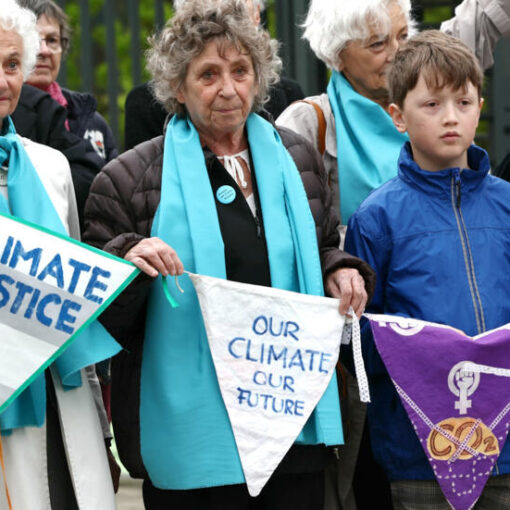By Susan Biniaz
With Madrid behind us and Glasgow on the horizon, it is a good time for Parties and others to consider the future of the annual COP. (By “COP,” I mean the climate conference writ large, rather than the “Conference of the Parties,” the narrower technical name for the Parties to the UN Framework Convention on Climate Change.) Madrid, while a remarkably successful venue in terms of logistics, left many not only disappointed at the Parties’ failure to reach agreement and signal an increase in ambition but also confused:
o Why was there such a disconnect between the scientific imperative (as well as the public outcry) and the official outcome?
o Why were the Parties unable to reach agreement, when the remit was so much smaller than the previous year and the compromises fairly apparent?
o Did the issuance by a subset of Parties of “principles” they intend to follow have broader significance for climate governance?
o Why was it like pulling teeth to get an important climate issue (the ocean/climate nexus) considered by the Parties to what is supposed to be the foundational agreement on climate change?
o Why were emerging issues (e.g., law of the sea implications of sea level rise, carbon removal technologies) discussed only on the sidelines?
o On the whole, why did the side events seem more like the main event?
Moving forward, these and other questions are likely to be in the minds of COP Presidents, Parties, and climate watchers as they conceptualize, and set expectations for, future COPs. The design of the Paris Agreement will also be relevant. With its implementing guidance (the “rulebook”) nearly completed, and its contributions nationally determined, there will be much less for the Parties to negotiate. This puts a higher premium on other aspects of COPs, particularly their ability to catalyze national action and international support (financial, capacity-building, etc.), and may also affect the type of government representatives that need to attend the annual conference.
In short, 2020 provides an important opportunity to imagine the features of an ideal COP, recognize (and address, if possible) the challenges, and set out a desirable yet workable vision.
Read the full working paper here.



